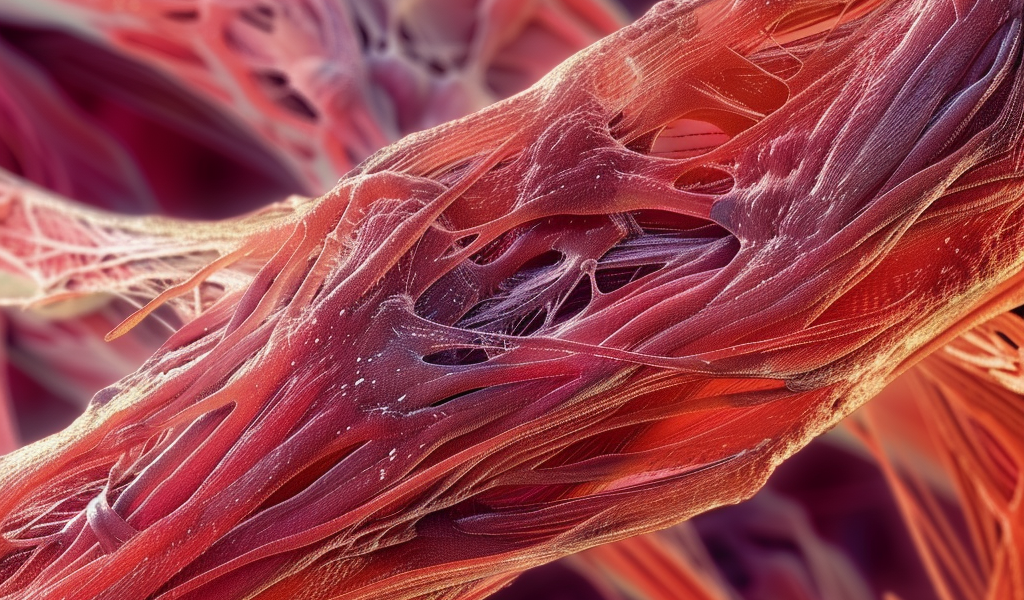Duke University Researchers Make Groundbreaking Discovery in Rare Muscle Diseases Study
Biomedical engineers at Duke University have made a groundbreaking discovery in the study of rare muscle diseases. The team has developed a new technique to grow complex 3D muscle tissue from stem cells in the lab, providing valuable insights into dysferlinopathy or limb girdle muscular dystrophies 2B (LGMD2B).
In a recent study published in the journal Advanced Science, researchers shed light on the biological mechanisms behind the mobility loss experienced by LGMD2B patients. This condition, affecting only about eight individuals per million globally, differs from more common muscular dystrophies like Duchenne muscular dystrophy.
LGMD2B, caused by a genetic disorder, hinders the body’s ability to produce a fully functional form of a protein known as dysferlin. As of now, there are no approved treatments or cures for this disease, which leads to severe weakness in the legs and shoulders, often necessitating the use of wheelchairs.
The unique aspect of LGMD2B is the accumulation of fat within muscle fibers before degeneration occurs, a phenomenon that puzzles researchers. The mouse model currently used to study LGMD2B exhibits milder symptoms compared to human patients, posing a challenge for researchers seeking effective treatments.
Despite the lack of approved therapies, the Duke University team’s innovative approach offers hope for the future. By creating a platform that mimics patient symptoms and treatment responses, researchers have identified potential treatment combinations that could alleviate some of the most debilitating symptoms of LGMD2B.
Professor Nenad Bursac, a key figure in the study, emphasized the rarity of the fat accumulation within muscle fibers seen in LGMD2B, calling it a significant puzzle in the medical community. The team’s findings open new avenues for understanding and potentially treating this rare muscle disorder.





